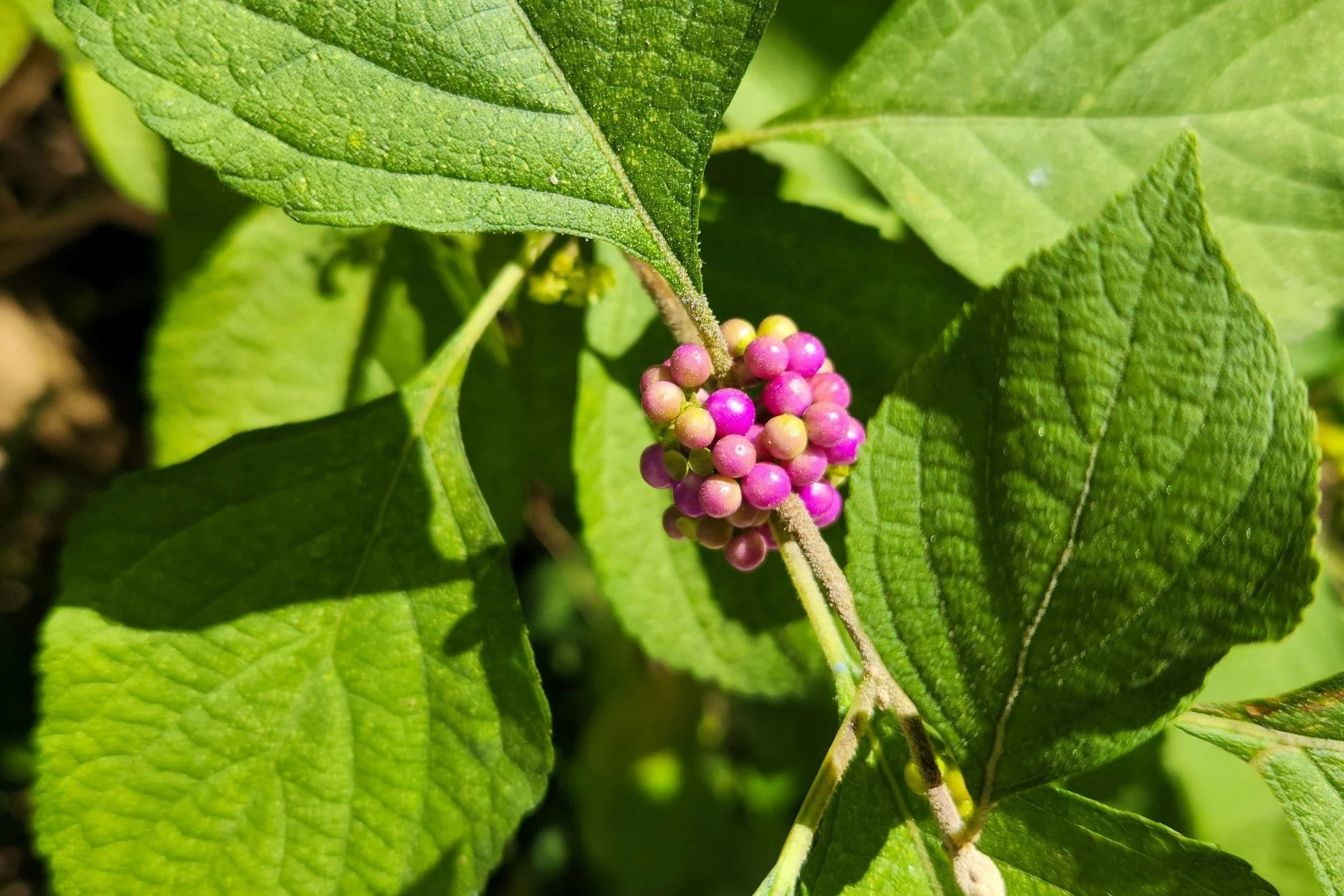Top 5 Native Plants for Houston Gardens (That Thrive with Little Effort)
If you want a vibrant, sustainable garden in Houston, start by going local. Native plants are naturally adapted to the Gulf Coast’s climate, rainfall, and soil, making them easier to grow and maintain. Even better—they support pollinators, reduce your water bill, and bring a uniquely Texan beauty to your landscape.
At Benjamin & Farris, we prioritize native species in every sustainable garden design. Here are five of our favorite native plants to consider for your edible or ornamental garden in Houston.
1. Turk’s Cap (Malvaviscus arboreus var. drummondii)
Why We Love It:
This hardy perennial is a favorite of hummingbirds and butterflies. Its bright red, hibiscus-like blooms last from spring through fall, and it tolerates both sun and shade—making it a versatile choice for any yard.
Benefits:
Drought-tolerant
Deer-resistant
Edible flowers and fruit (great for jams or teas)
2. Black-Eyed Susan (Rudbeckia hirta)
Why We Love It:
Bright, cheerful yellow blooms make Black-Eyed Susans a summer favorite. These wildflowers are easy to grow and reseed themselves, bringing natural beauty to your garden year after year.
Benefits:
Attracts bees and butterflies
Grows well in poor soil
Perfect for wildflower or pollinator gardens
3. Gulf Coast Muhly (Muhlenbergia capillaris)
Why We Love It:
Known for its striking pinkish-purple plumes in the fall, this ornamental grass adds motion and texture to your garden design. It’s also incredibly low-maintenance and works beautifully in rain gardens or as a soft border plant.
Benefits:
Supports native insects
Drought-tolerant once established
Elegant and architectural
4. Purple Coneflower (Echinacea purpurea)
Why We Love It:
This medicinal powerhouse is as useful as it is beautiful. With bold purple petals and a sturdy stem, coneflowers attract pollinators and can be used to make herbal teas.
Benefits:
Supports butterflies and native bees
Drought- and heat-tolerant
Roots can be used for immune-boosting teas
5. American Beautyberry (Callicarpa americana)
Why We Love It:
This native shrub is a showstopper in late summer when it produces clusters of bright purple berries. The berries are edible and often used in jellies or teas. It’s a natural mosquito repellent too!
Benefits:
Edible and ornamental
Attracts birds and beneficial insects
Thrives in partial shade
Why Native Plants Matter
Incorporating native plants into your Houston garden:
Reduces your need for fertilizers and pesticides
Requires less water and maintenance
Supports local wildlife and pollinator populations
Creates resilience in changing climate conditions
Whether you’re creating a pollinator-friendly edible garden or simply want to beautify your yard without the hassle, native plants are the foundation of a sustainable landscape.
Need Help Planning Your Native Garden?
At Benjamin & Farris, we specialize in sustainable landscape design that integrates native and edible plants. Let us help you create a garden that’s beautiful, functional, and rooted in local ecology.
👉 Contact us to book a consultation or learn more about our design services.



